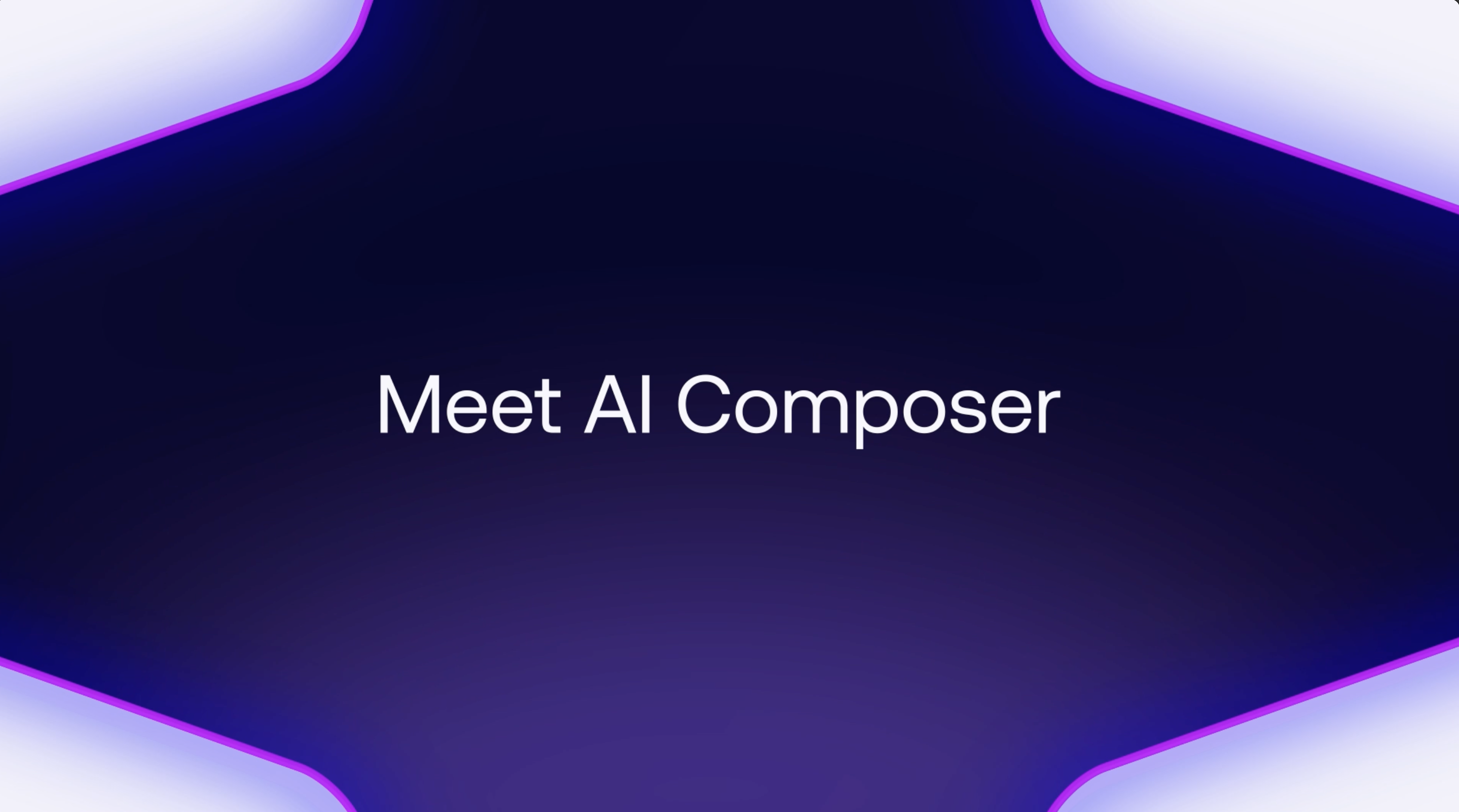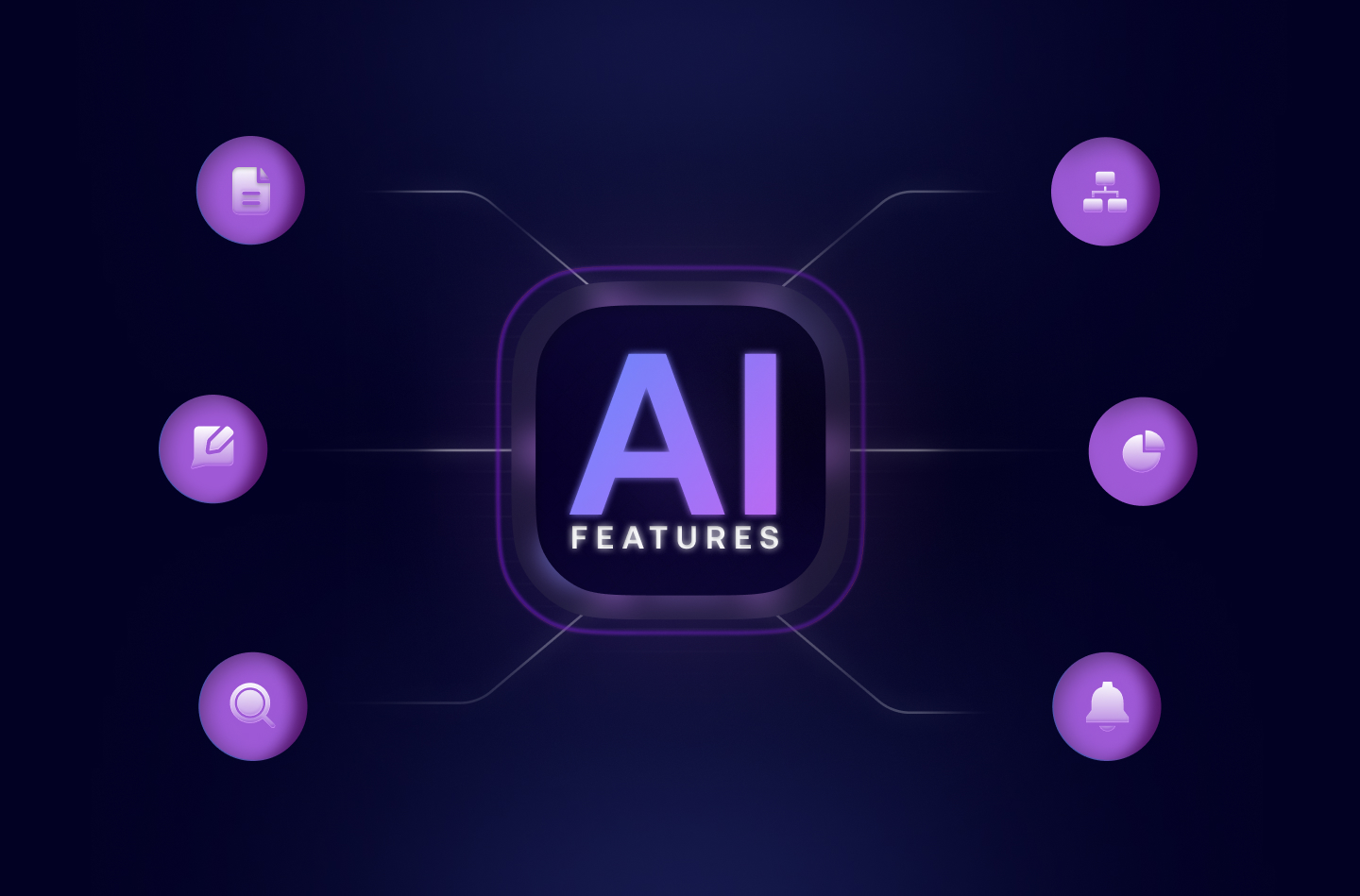Key Takeaways
- Top-down and bottom-up sales strategies target decision-makers and end-users respectively.
- A hybrid approach blends both, increasing deal velocity and stakeholder buy-in.
- Using tools like trumpet’s Digital Sales Rooms (DSRs) helps personalise the buyer journey at every level.
- Tailored messaging across roles builds trust, advocacy, and conversion.
What is the top-down and bottom-up approach in sales?
The top-down bottom-up approach combines two powerful strategies for navigating complex sales cycles.
- Top-down: Targeting senior decision-makers to align with business goals and secure budget.
- Bottom-up: Engaging end-users to build internal champions and drive adoption.
Together, these approaches help sales teams close larger deals faster by creating executive alignment and grassroots support.
What is the top-down sales approach?
The top-down sales strategy focuses on reaching high-level decision-makers (e.g. CFOs, CTOs, or Heads of Department) early in the sales cycle.
Benefits:
- Faster access to budget and authority.
- Alignment with strategic business priorities.
- Potential for larger deal sizes.
Challenges:
- Difficult to reach senior stakeholders directly.
- Requires deep industry knowledge and personalisation.
- Gatekeepers and crowded inboxes.
Tip: Use trumpet’s buyer signals to see who engages with your content, so you know when senior stakeholders are active in your DSR (Digital Sales Room).
What is the bottom-up sales approach?
The bottom-up strategy targets individual users or teams first, building value from the ground up.
Why it works:
- End users often feel the problem more than execs.
- They become advocates inside the business.
- Great for freemium or trial-based products (especially SaaS).
Tactics include:
- Product-led growth or self-serve demos.
- Social proof and use case sharing in Digital Sales Rooms.
- Async content that speaks to their day-to-day pains.
Example: A Sales Exec invites multiple stakeholders into a trumpet Pod and uses microdemos + voice notes to win support from product, ops, and finance before the decision-maker arrives.
How do you implement a hybrid top-down and bottom-up sales approach?
To combine both strategies successfully:
- Segment your ICP (Ideal Customer Profile):
- Understand who influences vs. who decides.
- Map out stakeholders early using trumpet’s analytics.
- Tailor your message by role:
- C-suite = business outcomes, ROI, risk mitigation.
- End users = time saved, ease of use, direct benefits.
- Organise channels and content:
- Use async video or voice notes for execs who prefer concise summaries.
- Offer deeper content (case studies, FAQs, MAPs) to operational buyers.
- Use a shared space like a trumpet Pod:
- Everyone sees the same info.
- Engagement tracked in real-time.
- Mutual Action Plans (MAPs) show next steps for all involved.
Nick Telson (Trumpet Co-founder):
“A well-timed voice note or microdemo at both ends of the buying committee can increase deal speed by 40%.”
What are the benefits of a hybrid approach?
Using both strategies in tandem leads to:
- ✅ Shorter sales cycles.
- ✅ Bigger deals with executive alignment.
- ✅ Higher win rates through internal advocacy.
- ✅ Less pipeline risk – if one stakeholder drops off, others keep it alive.
Data insight:
According to McKinsey, 35% of buyers will spend £400,000+ in a single digital transaction but only if trust is built across both decision-makers and users.
Final thoughts
The top down bottom up approach in sales offers a powerful strategy to boost success rates and navigate complex sales environments. By combining the big-picture vision of targeting key decision-makers with the grassroots support built through end-user engagement, salespeople can create a more comprehensive and effective sales process. This balanced approach has an influence on faster sales cycles, larger deal sizes, and a stronger foundation of brand advocates within target organisations.
To make the most of this hybrid strategy, it's crucial to understand your customer segments and tailor your approach accordingly. By using a mix of digital and traditional tactics, maintaining consistent messaging across all touch points, and adapting to diverse customer demands, you can prevent revenue plateaus and buffer against market fluctuations. In the end, the key is not to choose between top-down or bottom-up, but to find the right blend that aligns with your unique business goals and customer needs.
FAQs
What’s the difference between top-down and bottom-up selling?
Top-down focuses on senior decision-makers; bottom-up starts with end users or teams. The former drives strategic alignment, the latter builds internal advocacy.
Which approach is better for SaaS?
Bottom-up works well for SaaS tools with trials or freemium plans. However, combining both helps close enterprise deals more effectively.
How can trumpet help with a hybrid approach?
Trumpet’s Digital Sales Rooms let you tailor content to execs and users in one shared space. You can embed microdemos, voice notes, Mutual Action Plans, and track who’s engaging.
Why is a hybrid sales strategy important?
It prevents reliance on a single stakeholder, improves internal buy-in, and balances short-term engagement with long-term strategic alignment.

.svg)
.svg)
.svg)
.svg)
.svg)
.svg)
.svg)
.svg)
.svg)
.png)
.svg)
.svg)
.svg)
.svg)

.svg)
.svg)
%201.svg)
.svg)
%201.svg)



.svg)


















![How to Get Started with Buyer Enablement [With Examples]](https://cdn.prod.website-files.com/65cf4fecbed2754c2236665d/65cf4fecbed2754c22366bdb_65a5af83e742f76e34ce06f3_Customer%2520Onboarding%2520_%2520Everything%2520you%2520need%2520(2).png)
.png)



.png)



.png)












.png)


.png)


.png)
.png)






